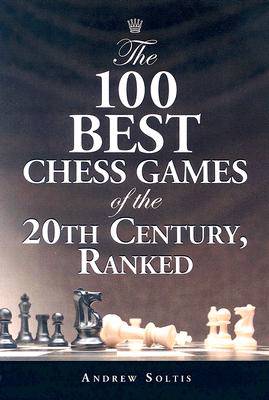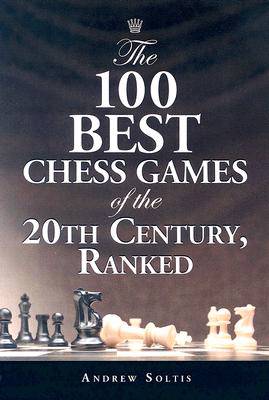
- Afhalen na 1 uur in een winkel met voorraad
- Gratis thuislevering in België vanaf € 30
- Ruim aanbod met 7 miljoen producten
- Afhalen na 1 uur in een winkel met voorraad
- Gratis thuislevering in België vanaf € 30
- Ruim aanbod met 7 miljoen producten
Omschrijving
How does one determine the "best" chess games? What one may see as brilliant, another may see as simply necessary. Like some art lovers, chess fans claim that they know a good game when they see it, and that they know better from good. But "best"? How is this articulated? This book, itself a work of art, is brought together by the use of five criteria: the overall aesthetics (clever and relentless are insufficient qualities); the originality (e.g., not yet another white knight sacrifice in a Sicilian); the level of opposition (the loser played very well); the soundness (i.e., are the moves refutable with perfect play?), accuracy (few of the moves are second-best), and difficulty (the winner overcame major obstacles) of the game; and finally the overall breadth and depth (one wants a series of sparkling ideas, with no dry patches).
The 100 best games were taken from an initial field of about 7,000 played from 1900 through 1999 that had already gained some attention in magazines, books and periodicals. Three hundred games were then selected that appeared to have features consistent with the criteria. The 300 games were evaluated with scores--points given for each category of criteria. The games were then ranked, one to 100, by the score they received. No attempt was made to balance the selection according to period, nationality of players or opening. Also included is a chapter on the most overrated games of the twentieth century and one on games that would have made the list if...
Includes 335 diagrams, an index of players and an index of openings by ECO codes.
Specificaties
Betrokkenen
- Auteur(s):
- Uitgeverij:
Inhoud
- Aantal bladzijden:
- 271
- Taal:
- Engels
Eigenschappen
- Productcode (EAN):
- 9780786427413
- Verschijningsdatum:
- 1/02/2006
- Uitvoering:
- Paperback
- Formaat:
- Trade paperback (VS)
- Afmetingen:
- 180 mm x 253 mm
- Gewicht:
- 485 g

Alleen bij Standaard Boekhandel
Beoordelingen
We publiceren alleen reviews die voldoen aan de voorwaarden voor reviews. Bekijk onze voorwaarden voor reviews.









